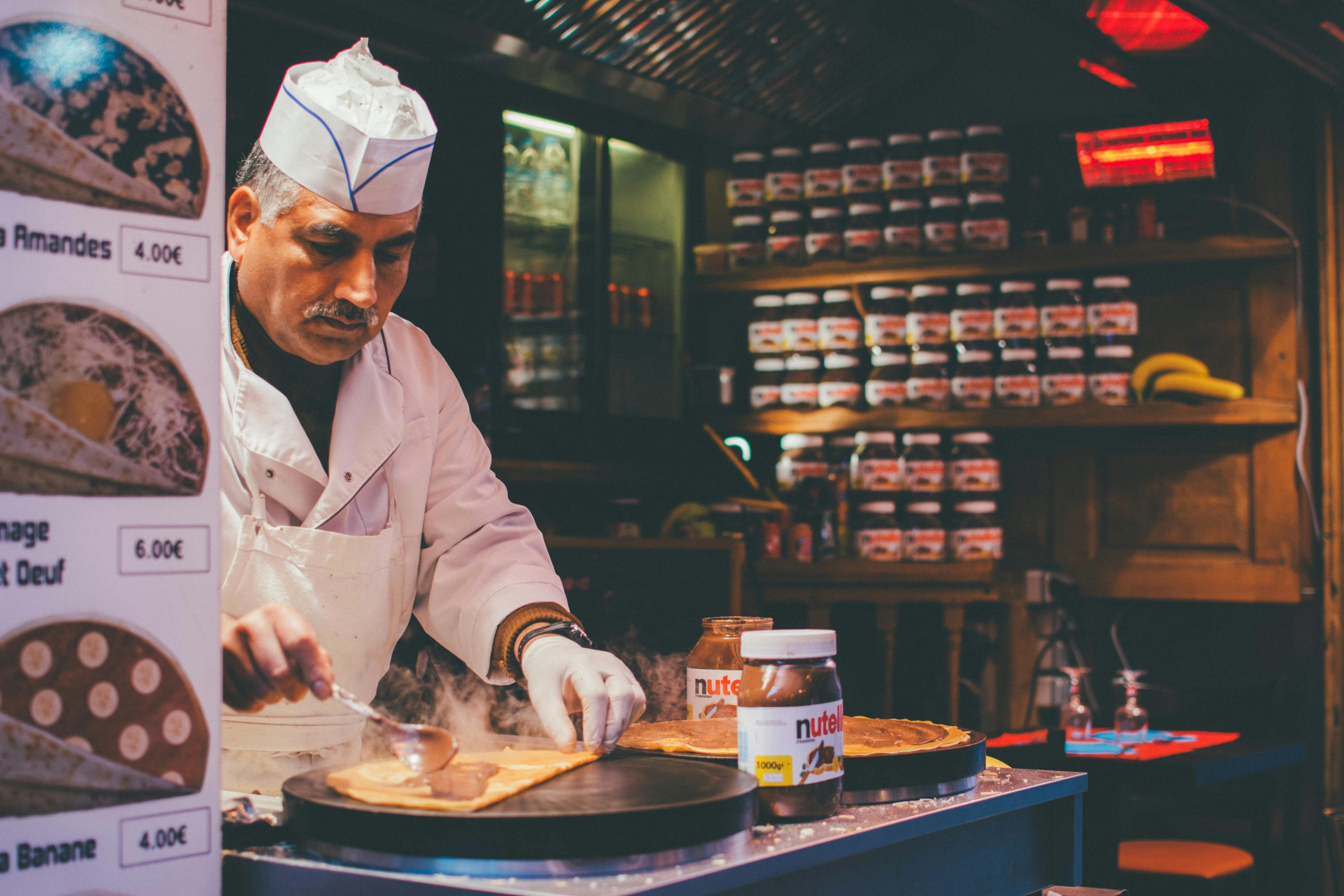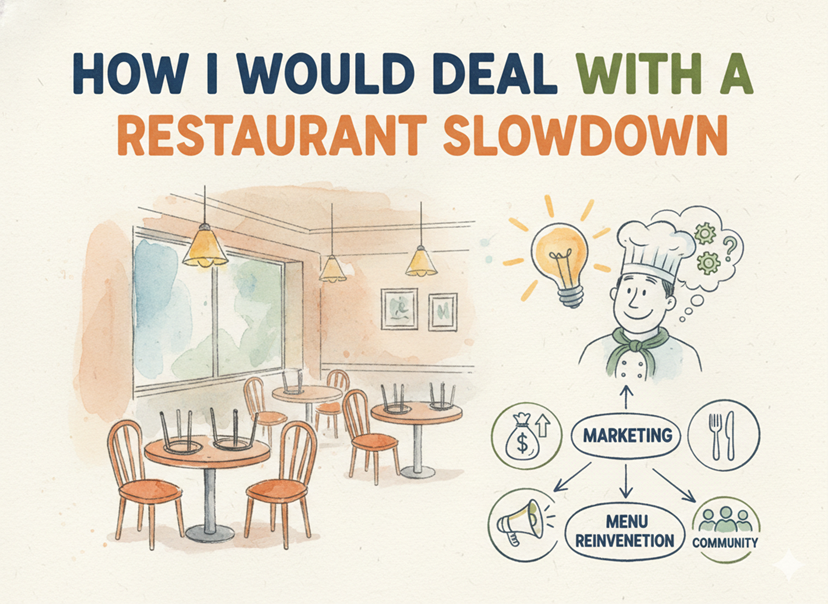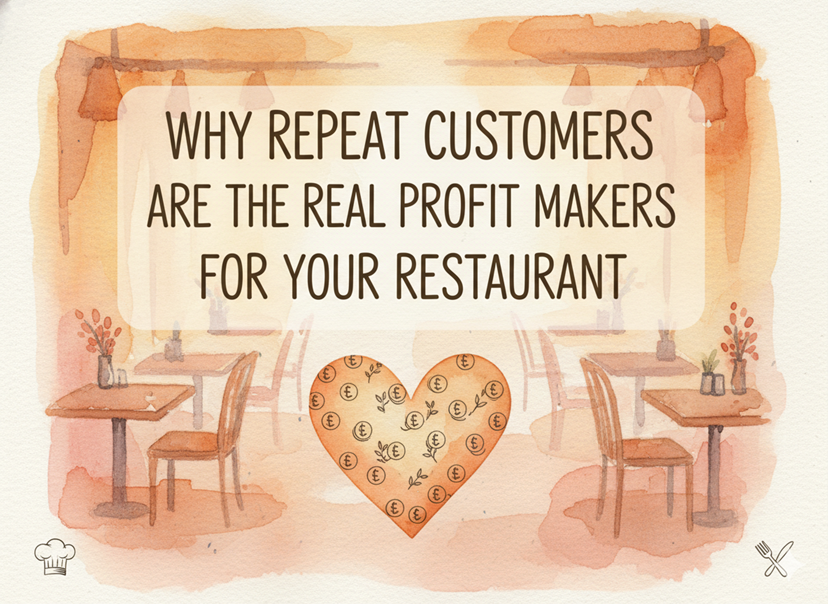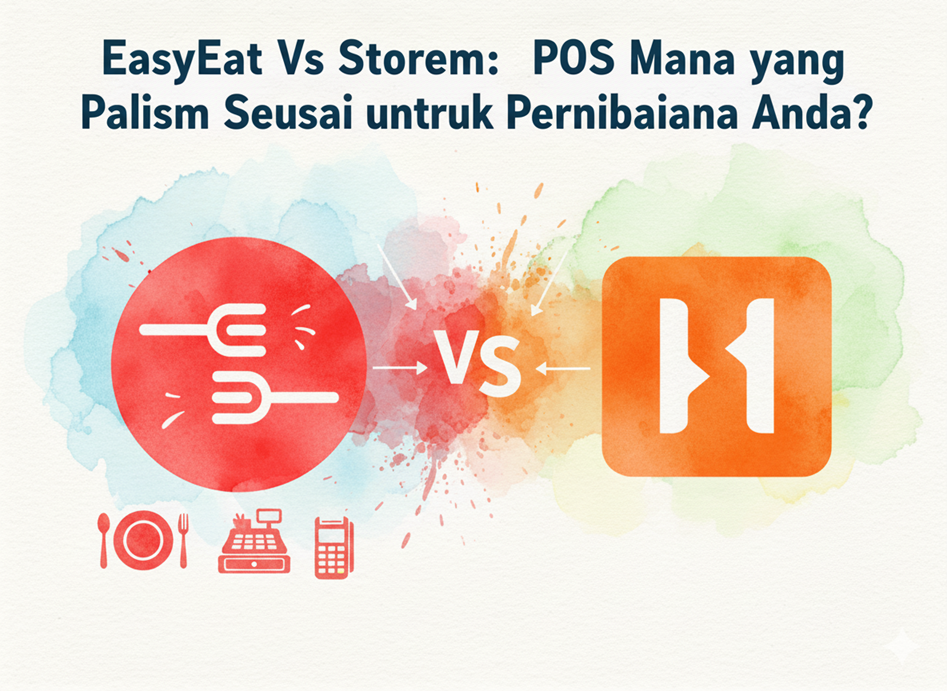Your go-to Nasi Lemak Place isn’t there anymore. You might wonder what went wrong. The flavours were on point and so was the service. Sometimes, taste and service aren’t the only thing that decides the success of a restaurant.
The top reasons why restaurants fail are- poor location choices, lack of planning and budgeting, inconsistent food quality, poor customer service, high employee turnover, ignoring marketing, and not using restaurant management software.
The good news is that you can work on all of these factors if you’re making any of these mistakes. Let’s find out how you can deal with these issues and ensure your restaurant’s success.
Poor Location Choices
One of the biggest reasons restaurants fail is a bad location. You could have the best food and service, but if people can’t find you or don’t pass by your area, it’s hard to attract customers. A location with low foot traffic, poor visibility, or limited parking can make it tough to attract diners. Before opening, research the area thoroughly. Look at the demographics, nearby businesses, and how accessible your restaurant will be. A great location can make all the difference.
Lack of Planning and Budgeting
Many restaurants fail because they don’t plan properly or run out of money. Starting a restaurant costs more than most people think. The expenses add up quickly, from rent and equipment to staff salaries and ingredients. Without a solid budget and a clear plan, it’s easy to overspend or run into cash flow problems. According to a study by Cornell University, 60% of restaurants close within a year, and guess what the reason behind this is poor financial planning. Make sure you have enough money to cover the startup costs and the first few months of operation.
Inconsistent Food Quality
Your food is the heart of your restaurant. If the quality isn’t consistent, customers won’t come back. Maybe you started strong, but over time, the dishes lost their charm, or the portions got smaller. Inconsistent food quality can ruin your reputation. Train your kitchen staff well, use fresh ingredients, and regularly check the dishes before they go out. Remember, one bad meal can cost you a loyal customer. Also, you need to standardize your recipes and you can’t just experiment with the taste every single time.
Poor Customer Service
Great food alone isn’t enough. Your customers want to feel valued and cared for. Poor service, like slow wait times, rude staff, or incorrect orders, can drive people away. A study found that 68% of customers are willing to pay more for better service. Train your team to be friendly, attentive, and efficient. A happy customer is more likely to return and recommend your restaurant to others. Remember, you can always sell more by just being nice to your customers.
Not Understanding Your Customers
If you don’t know who your customers are or what they want, it’s hard to keep them coming back. Maybe you’re targeting young professionals, but your menu and ambiance appeal more to families. Or perhaps your prices are too high for the neighborhood. Take the time to understand your target audience. Ask for feedback, observe their preferences, and adjust your offerings accordingly.
High Employee Turnover
The restaurant industry has one of the highest employee turnover rates. Constantly hiring and training new staff can be costly and disruptive. If your team isn’t happy, it shows in their work and affects the overall customer experience. Create a positive work environment, offer fair wages, and recognize your employees’ hard work. A loyal and motivated team can make a huge difference in your restaurant’s success.
Ignoring Marketing and Online Presence
In today’s digital world, having a strong online presence is crucial. Many restaurants fail because they don’t invest in marketing or social media. If people can’t find you online, they might not even know you exist. Use platforms like Instagram, Facebook, and Google to promote your restaurant. Share photos of your dishes, post updates, and engage with your customers. According to a report by BrightLocal, 87% of consumers read online reviews before choosing a restaurant. Make sure your online reputation is strong.
Not Adapting to Trends
The food industry is always changing. New trends, like plant-based diets or eco-friendly packaging, can influence what customers want. If you don’t adapt, you risk falling behind. Keep an eye on industry trends and be willing to make changes. Offering vegan or gluten-free options can attract a wider audience.
Overexpanding Too Quickly
Growing your business is exciting, but expanding too quickly can lead to failure. Opening multiple locations or adding too many menu items before you’re ready can strain your resources. Instead, focus on making your first restaurant successful before considering expansion.
Not Using Restaurant Management Software
One of the most overlooked reasons for restaurant failure is not using the right tools to manage your business. Without a good restaurant management system, you could lose track of inventory, waste money on unnecessary expenses, or miss out on valuable customer data. Reliable software like EasyEat can help you manage your restaurant operations, reduce costs, and can help you make better decisions. For example, it can track which dishes are most popular, manage staff access, and even handle online orders. By not using EasyEat, you will make mistakes that will lead to the closure of your restaurant.
FAQ Section
- Why do restaurants fail?
Restaurants fail for many reasons, including poor location, lack of planning, inconsistent food quality, poor customer service, and not understanding their customers. Financial mismanagement and high employee turnover are also common causes. - What is the failure rate for restaurants?
According to a study by Cornell University, about 60% of restaurants fail within their first year, and nearly 80% close within five years. - What are the top reasons why restaurants fail?
The top reasons include bad location choices, poor financial planning, inconsistent food quality, lack of customer service, and not adapting to industry trends. - How can I avoid restaurant failure?
Focus on finding a good location, plan your finances carefully, maintain consistent food quality, train your staff well, and invest in marketing. Using restaurant management software can also help you avoid losses and streamline operations.
With the right strategy and restaurant management software you can avoid common mistakes and make your restaurant a superhit. Learn from the mistakes of others and always be attentive towards your customers. Your hard work and dedication in the right direction will be fruitful.




